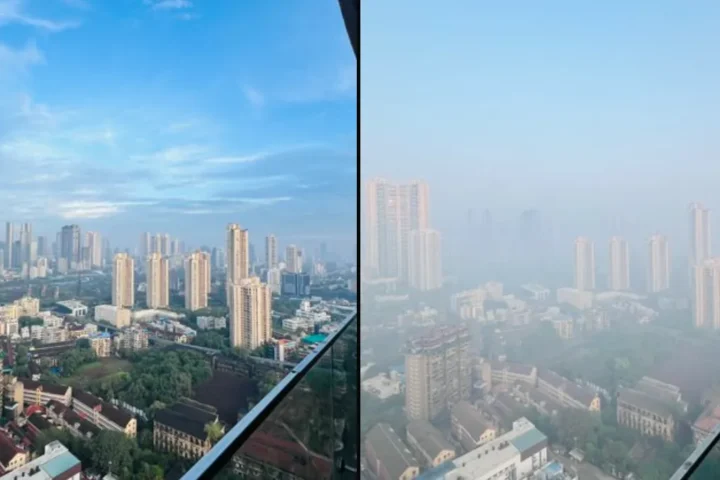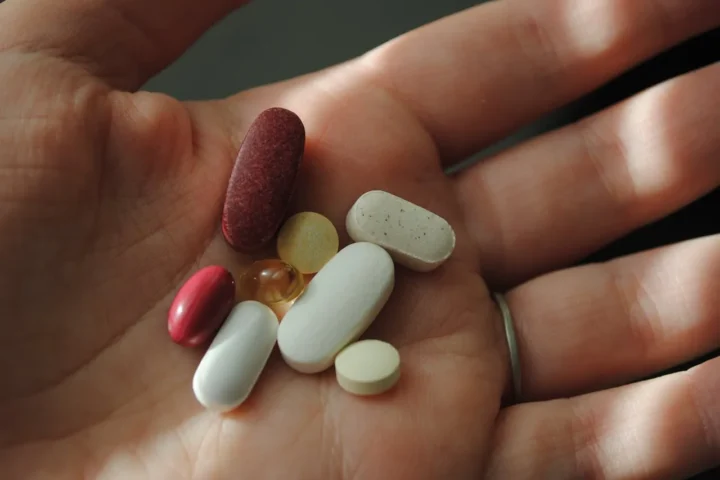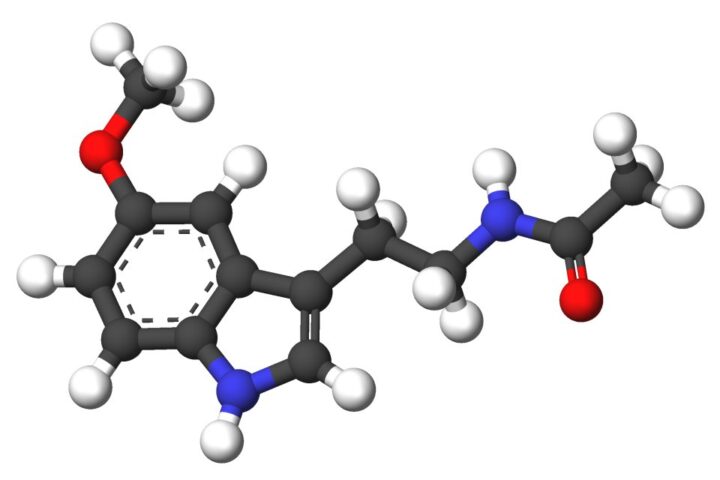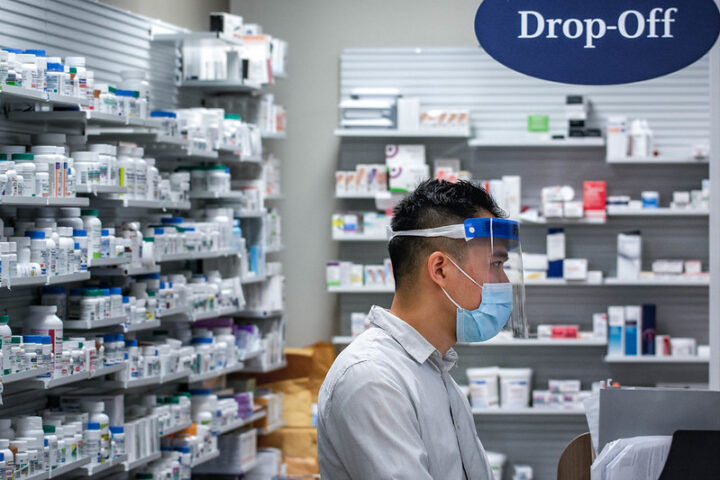Ever finished a day on your feet and felt your legs grow heavy or swollen? That’s not just fatigue – it might be Chronic Venous Insufficiency (CVI), a condition recently diagnosed in President Donald Trump, according to a July 17, 2025 health update from Dr. Sean P. Barbabella, Physician to the President.
The memo states: “In recent weeks, President Trump noted mild swelling in his lower legs. In keeping with routine medical care and out of an abundance of caution, this concern was thoroughly evaluated by the White House Medical Unit.”
CVI occurs when one-way valves in leg veins weaken or stretch, allowing blood to flow backward and pool in lower legs – a process called “venous reflux.” This creates pressure in the veins (venous hypertension), causing fluid to leak into surrounding tissues, leading to the swelling President Trump experienced.
According to the American Heart Association’s 2025 Heart Disease and Stroke Statistics, CVI was listed as the principal diagnosis in 5,805 hospital discharges in the U.S. in 2022 – and among all-listed diagnoses in 234,655 hospital discharges. The condition becomes increasingly common with age, especially after 50.
Dr. Barbabella’s memo details the comprehensive evaluation: “Bilateral lower extremity venous Doppler ultrasounds were performed and revealed chronic venous insufficiency, a benign and common condition, particularly in individuals over the age of 70. Importantly, there was no evidence of deep vein thrombosis (DVT) or arterial disease.”
The White House physician further noted: “Laboratory testing included a complete blood count, comprehensive metabolic panel, coagulation profile, D-dimer, B-type natriuretic peptide, and cardiac biomarkers. All results were within normal limits. An echocardiogram was also performed and confirmed normal cardiac structure and function. No signs of heart failure, renal impairment, or systemic illness were identified.”
This thorough testing aligns with standard CVI diagnostic protocols. Duplex ultrasound is the gold standard test, visualizing valve failure and reflux. Additional testing helps rule out more serious conditions that can sometimes present with similar symptoms.
Similar Posts
Besides age, CVI risk factors include:
- Obesity and sedentary lifestyles
- Jobs requiring prolonged standing or sitting
- Family history
- Pregnancy
- Smoking
Most people with CVI experience symptoms like ankle swelling (edema), aching or heavy legs, visible varicose veins, and sometimes skin changes. In advanced cases, slow-healing sores called venous ulcers may develop, though President Trump’s case appears to be in earlier stages.
Treatment typically begins with compression therapy – graduated pressure stockings that counteract venous hypertension. Lifestyle measures make a significant difference too:
- Elevating legs for 20-30 minutes, several times daily
- Regular walking or calf-strengthening exercises
- Weight management
Interestingly, Dr. Barbabella’s memo also addressed another observation: “Recent photos of the President have shown minor bruising on the back of his hand. This is consistent with minor soft tissue irritation from frequent handshaking and the use of aspirin, which is taken as part of a standard cardiovascular prevention regimen. This is a well-known and benign side effect of aspirin therapy.”
Aspirin irreversibly inhibits platelets, crucial cells for blood clotting. While beneficial for cardiovascular prevention, this effect increases susceptibility to bruising, especially with minor trauma like frequent handshaking.

















